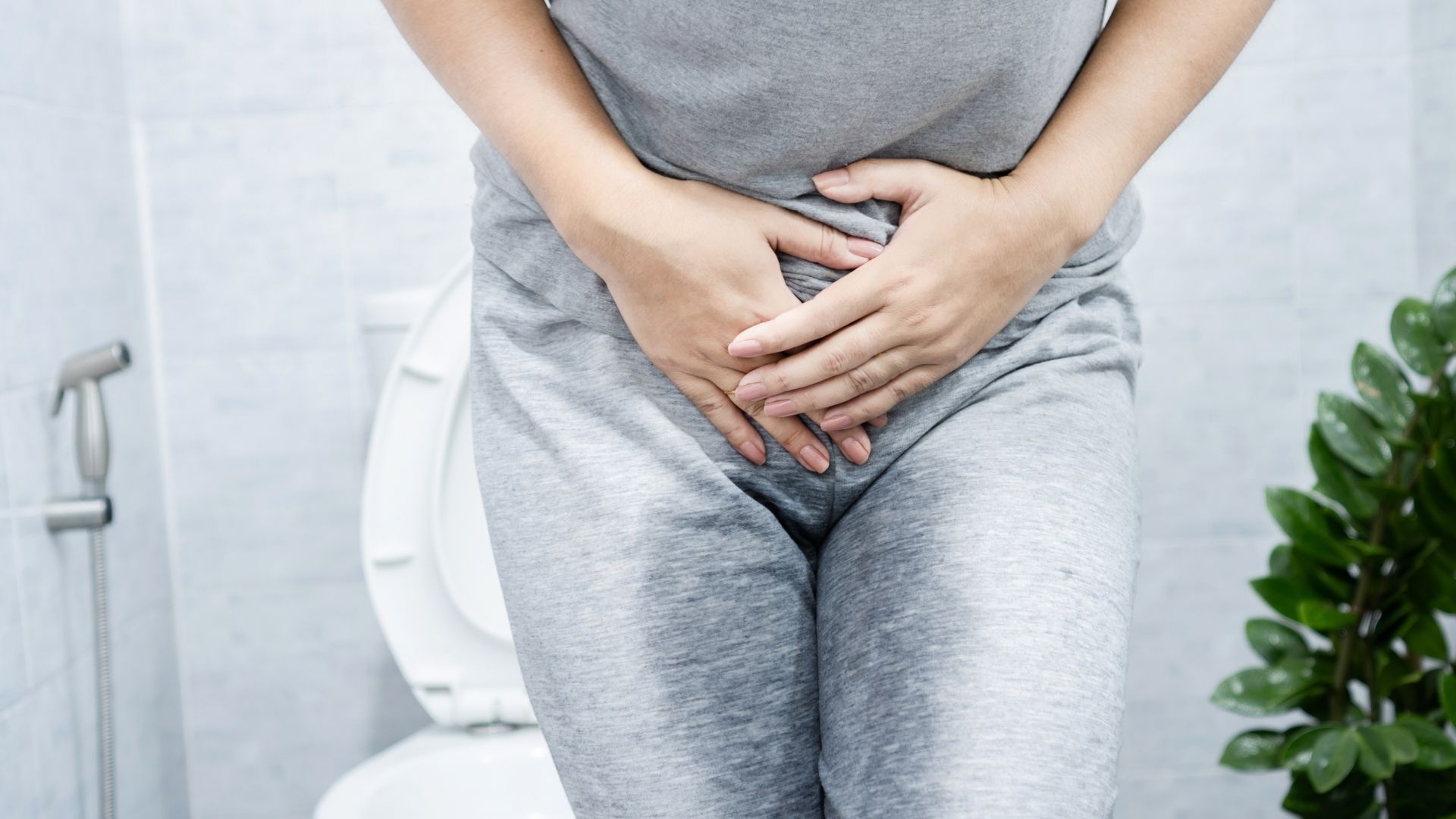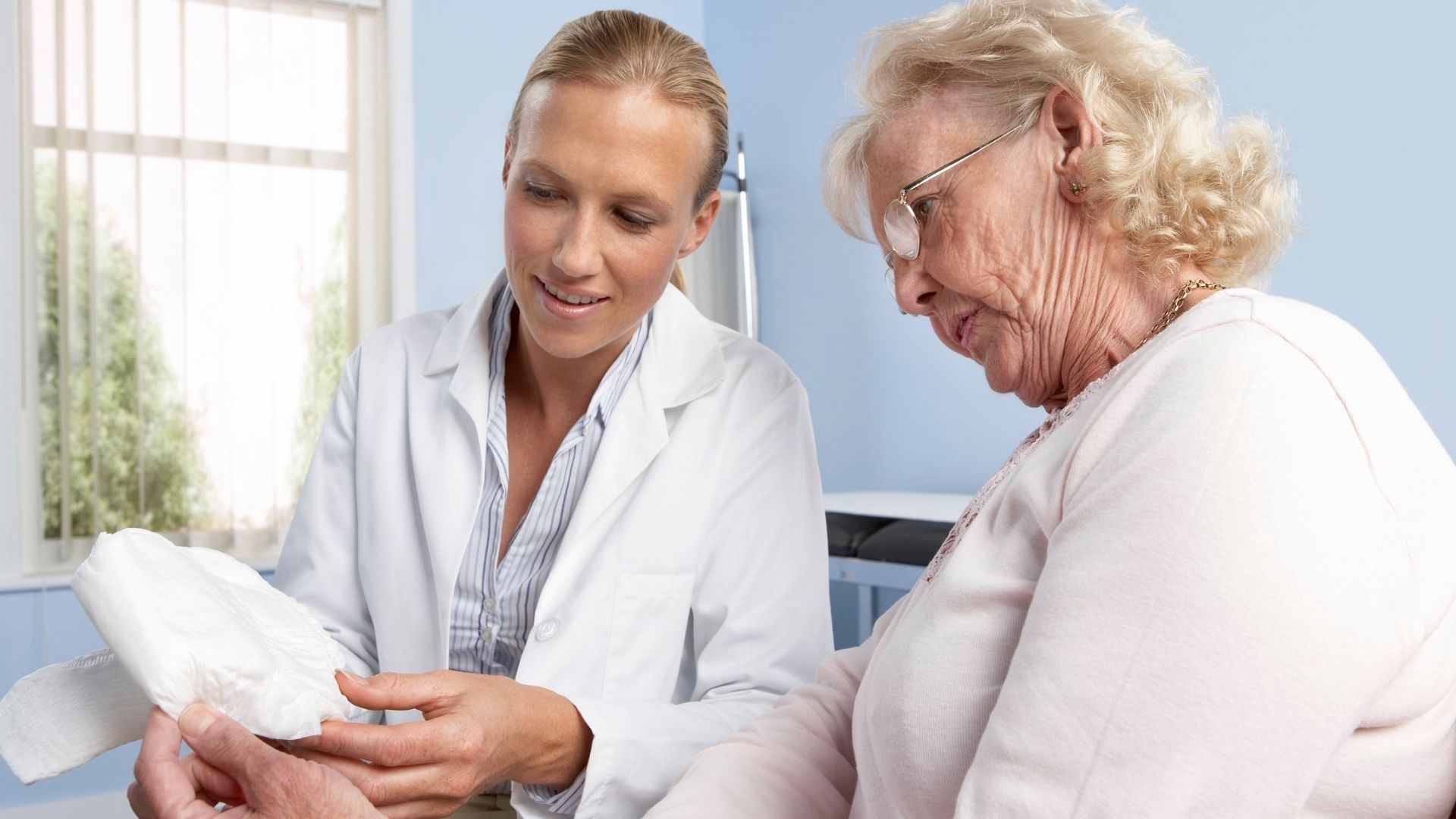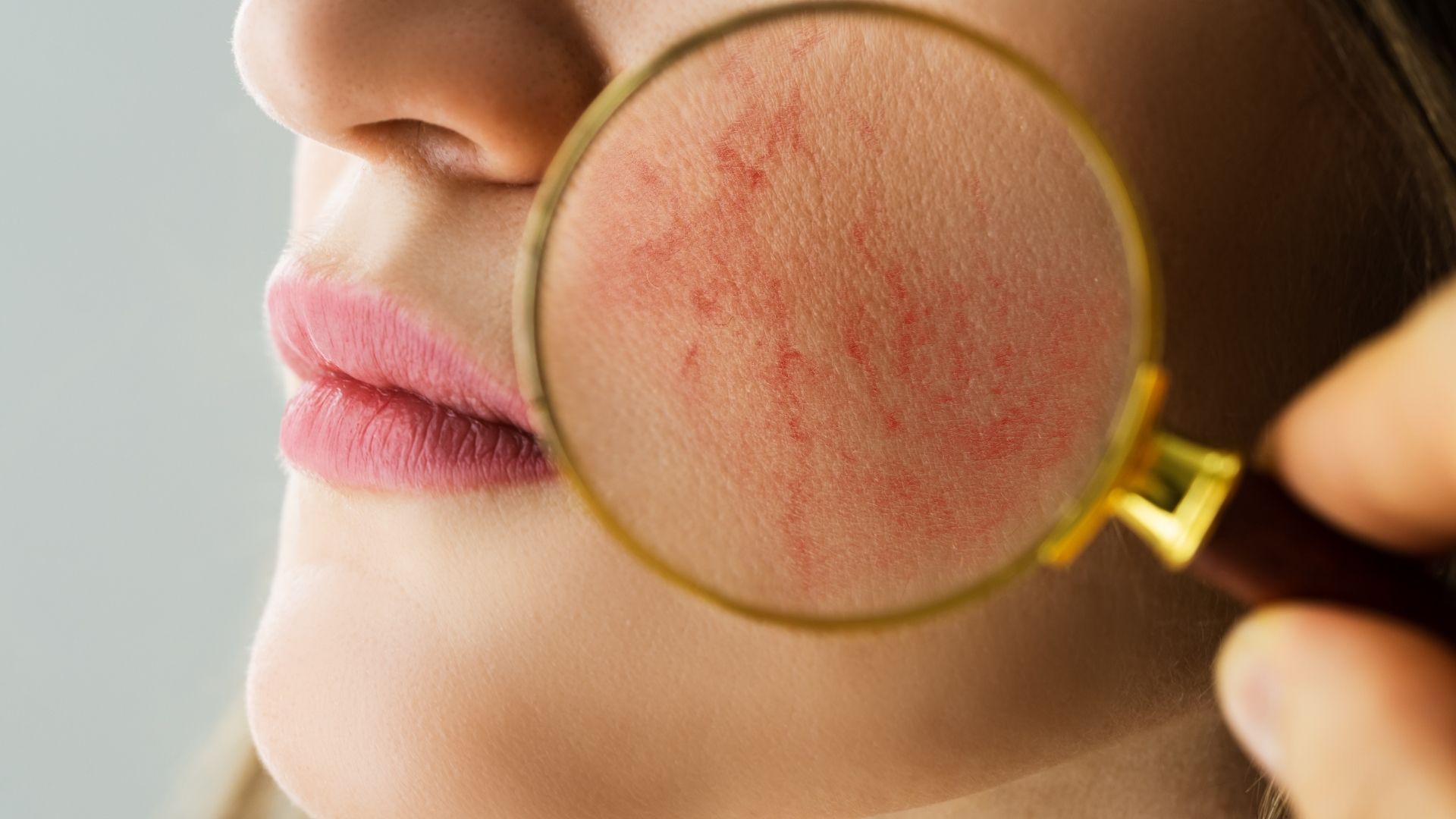Urinary Incontinence in Adults
Urinary incontinence in adults is a health problem characterized by loss of urinary control. This common problem is known to occur twice as often in women as in men and is particularly common in the elderly. Although incontinence seems to be an inevitable consequence of aging, it can be associated with factors such as certain diseases, medication use and aging. Urinary incontinence can occur in different types and each type has different symptoms and treatment methods.
1. Stress Urinary Incontinence: Stress urinary incontinence refers to involuntary urinary incontinence during activities that increase intra-abdominal pressure such as coughing, sneezing and exercise.
2. Urge Urinary Incontinence: Urge urinary incontinence occurs as involuntary urinary incontinence without being able to reach the toilet during a sudden urgent toilet need.
3. Mixed Type Urinary Incontinence: Mixed urinary incontinence refers to a condition in which both stress and urge types are seen at the same time.
4. Overflow Urinary Incontinence: Overflow urinary incontinence refers to a condition in which the bladder is filled to capacity but the need to urinate is not felt and excess urine is involuntarily spilled in the form of leakage.
Causes
Urinary incontinence can have many causes. With advancing age, it is more likely that the function of the muscles that control urination decreases. However, other factors can also contribute to this condition. Being overweight, smoking, chronic cough, constipation and asthma can increase the risk of urinary incontinence. Difficult births, muscle tears and nerve damage can also lead to incontinence problems. Chronic diseases such as diabetes, central nervous system disorders (for example, spinal cord injuries or stroke) and conditions affecting the peripheral nervous system are also causes of incontinence. Urinary tract stones, urinary tract infections, certain medications, alcohol consumption and some surgical operations are also causes of incontinence.
Symptoms:
Urinary incontinence is characterized by involuntary dribbling or sudden leakage of urine. The symptoms of urinary incontinence are listed below:
Urinary incontinence
Pain when urinating (without bladder infection)
Frequent urge to urinate
Frequent bladder infections
Diagnostic Methods:
Some medical methods are used to diagnose urinary incontinence:
1. Cystometry (Cystometrogram): This test is used to measure the pressure in the bladder. The patient is asked to perform certain maneuvers and sterile water is introduced into the bladder through a catheter.
2. Electromyography (EMG) Test: EMG testing evaluates the functionality of the nerves and muscles that support the muscles that hold urine voluntarily.
3. Pelvic Ultrasonography: Pelvic ultrasonography is used to visualize organs in the pelvic region.
4. Post-Void Residual Study: This test determines the amount of urine remaining in the bladder after urination.
5. Urinalysis: Urinalysis is used to rule out urinary tract infections.
6. Cystoscopy: If necessary, cystoscopy can be performed to examine the internal structures of the bladder and urethra.
Treatment Methods:
Treatment of urinary incontinence can be carried out with surgical or non-surgical methods and medication. Treatment is determined depending on the type of incontinence. Here are some of the treatment options:
1. Treatment of Stress Urinary Incontinence: Stress urinary incontinence usually requires surgical intervention. This surgical procedure aims to support the urinary excretory duct. This allows for better urine retention.
2. Treatment for Urge Urinary Incontinence: Medication is commonly used for urge urinary incontinence. These medications help to prevent contractions.
3. Pelvic Muscle Exercises: Kegel exercises are often recommended to strengthen the pelvic muscles. These exercises can reduce the symptoms of urinary incontinence and prevent the pelvic organs from sagging.
4. Other Treatment Methods: In some cases, successful results can be achieved with exercises that strengthen the pelvic muscles without the need for surgery or medication.
Urinary incontinence is a health problem that can significantly affect a person’s quality of life. The right diagnosis and treatment methods can help manage this problem. Treatment options should be tailored to the patient’s specific situation and the type of incontinence.




